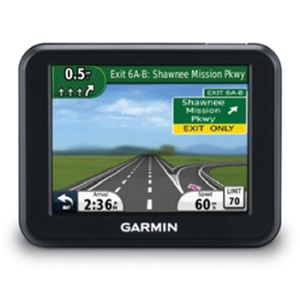Games Making: Learning about games by designing them
Kids seem to make up their own games all the time. My kids are always scripting their play – imagine you say this and then I’ll go over here and do this and then we can do that. Yeah, but when that happens I’ll do this and then you can do that – and they play merrily along in their fantasy games of shop-keeper and customer or mum, dad and little dog. Yet as they get older we (as adults) work to formalise these games and take away the bits that made it fun in the first place. We also create the rules and parameters for engagement and base these on that we think will be fun or what has proven to be fin in the past. I guess games-making, for me, is about inviting kids back to their imaginations and re-engaging with their willingness to experiment and adapt and make their own fun.
The process of games-making can lead to a game that is as complex as a game of cricket (easy if you know how but baffling if not) or as simple as tic tac toe. As a teacher if is possible can provide them with a ‘blank sheet of paper’ on which to create their games or set a number of closed questions were they fill in the blanks. The latter is easier but their imagination is constrained by the limitations set by our questions. Confused. I will try and explain in two examples taken from my teaching.
Closed Question
Using the example of tig (or tag) a ‘closed’ session of games making might revolve around setting the parameters of the game i.e.
- How do you tig/tag?
- How do you un-tag?
- Where are the safe zones?
- What area are you playing in?
The answer to these questions (and any others you can think of) define the game and the students can then play and modify as you feel is best.
Open Question
In another example I asked the students to create an invasion game (i.e one where you invade your opponents hard and try to score in or over a fixed target or line). They need to define the game by answering three main questions:
- How do you score?
- How do you progress (i.e. pass and move)?
- How to you keep possession?
Once these were considered students then needed to work out the defensive alternatives to these questions i.e. how do you stop the opposition scoring? How do you gain possession? How do you stop them progressing? By working around and through these six key questions the game was created. This involved the pitch, the rules, the equipment etc. all of which initially define ‘the game’ and all of which are open to interpretation, modification, refinement or abandonment.
In my experience both of these types of question (open or closed or indeed ajar or nearly open) led to the end result of game – one never before played by anyone else. In other words the kids end up making a game that didn’t exist before you asked the question. Fundamental it is a rudimentary game that lacks polish or perhaps even a workable concept but that doesn’t matter. Just like American Football, Tennis and Basketball all had to start somewhere before being polished, so ‘tickle tag’ and ‘Flash Ball’ have to start somewhere. The real challenge (and the reason why this can be done across a number of lessons/sessions) is that act of refinement is key to the learning process. My teaching suggests that this is where kids learn about the importance of rules, of the type of ball, of the pitch and where they invent their own tactics and strategies to win and not to lose. Subsequently this leads to new rules to stop rival teams playing outside the intended ‘aims’ of the game. The continuous toing and froing is key to games making and affords the students both a real sense of ownership but also a deep understanding of games. So next time you are thinking of an activity for your students let them make the next game you decide to play.
Bio: Ashley Casey, PhD, is a former high school physical education teacher who explored his own teaching through his doctoral research and beyond. He can be found on twitter as @DrAshCasey where he often heard talking about #physed with fellow #pegeeks.




























